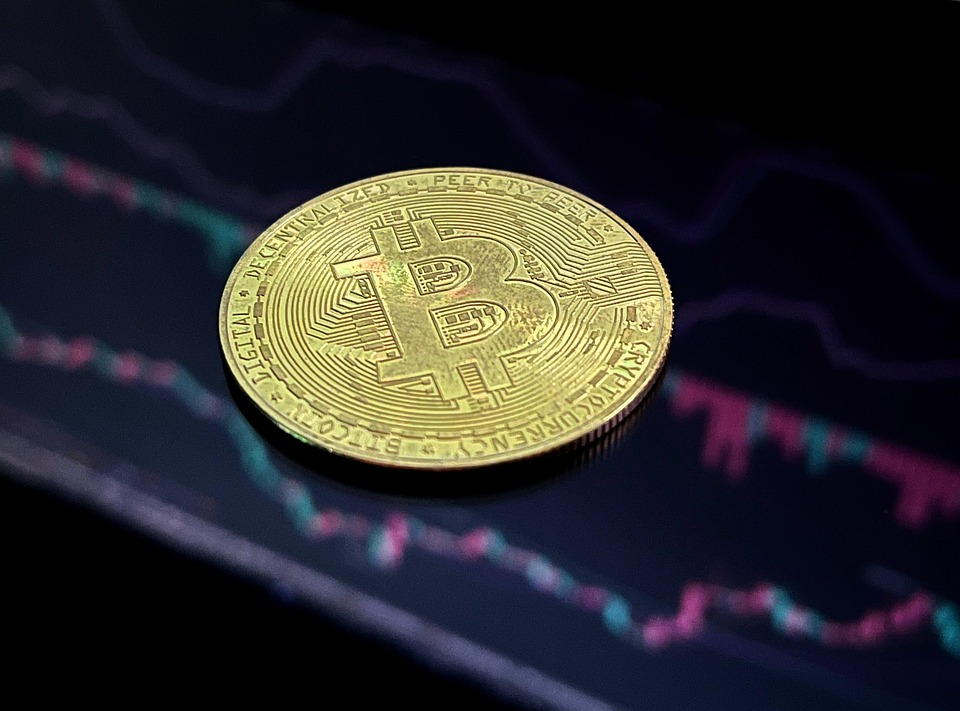The Relationship Between Market Cap and Price Trends in Cryptocurrency
The cryptocurrency market has gained immense popularity over the past decade, drawing in investors from various backgrounds. Understanding the intricate relationship between market capitalization (market cap) and price trends is essential for navigating this volatile landscape. This article explores how these two factors interplay and influence each other in the world of cryptocurrency.
What is Market Capitalization?
Market capitalization is a metric used to measure the total value of a cryptocurrency. It is calculated by multiplying the current price of a coin by the total supply of coins in circulation. For example, if a cryptocurrency is priced at $10 and there are 1 million coins in circulation, the market cap would be $10 million. Market cap is often used as an indicator of a cryptocurrency’s size and overall health within the market.
The Significance of Market Cap
Market cap serves as an essential metric for investors looking to assess a cryptocurrency’s potential for growth or decline. Generally, cryptocurrencies can be categorized into three main tiers based on their market cap:
1. **Large-cap Cryptocurrencies**: These typically have a market cap of over $10 billion. They are often seen as more stable investments due to their established presence and liquidity. Examples include Bitcoin and Ethereum.
2. **Mid-cap Cryptocurrencies**: With market caps between $1 billion and $10 billion, these cryptocurrencies often represent a higher risk-reward ratio. They may have significant growth potential but can also be more susceptible to market fluctuations.
3. **Small-cap Cryptocurrencies**: These have market caps below $1 billion and are generally considered the most volatile. While they can offer high returns, they also carry a significant risk, as their prices can be influenced by smaller trading volumes and market sentiment.
The Influence of Price Trends on Market Cap
Price trends directly affect market cap, as any fluctuation in a cryptocurrency’s price will result in a proportional change in its market capitalization. For instance, if a large-cap cryptocurrency experiences a price surge, its market cap will increase correspondingly. This relationship is vital for investors, as rising market caps often indicate growing investor interest and confidence.
Conversely, price declines can lead to market cap erosion, signaling potential issues within the project or the market as a whole. A falling market cap can trigger panic selling, leading to a further decline in price, creating a vicious cycle that can be hard to break.
Market Sentiment and Its Role
Market sentiment plays a crucial role in shaping both price trends and market cap. Positive news, such as regulatory acceptance or major partnerships, can lead to increased investor confidence, driving prices up and, consequently, market caps. On the other hand, negative news, such as security breaches or regulatory crackdowns, can lead to fear and uncertainty, causing prices to plummet and market caps to shrink.
Moreover, the cryptocurrency market is often influenced by broader economic factors, such as inflation rates, interest rates, and investor sentiment in traditional markets. As cryptocurrencies gain traction as an alternative investment, their correlation with traditional assets may become more pronounced, further complicating the relationship between market cap and price trends.
Analyzing Historical Trends
Historical data shows various instances where market cap and price trends have diverged. For example, during the 2017 bull run, many smaller cryptocurrencies experienced massive price increases, leading to significant surges in their market caps. However, this was often followed by sharp corrections, showcasing the speculative nature of the market.
In contrast, Bitcoin has demonstrated a more stable price trajectory over the years, leading to sustained growth in its market cap. Investors often view Bitcoin as a “safe haven” within the cryptocurrency space, contributing to its relatively stable price trends compared to its altcoin counterparts.
Conclusion
Understanding the relationship between market cap and price trends is paramount for anyone navigating the cryptocurrency market. While market cap provides valuable insights into a cryptocurrency’s size and potential, price trends reveal the market’s sentiment and investor confidence. By analyzing these two factors in conjunction, investors can make more informed decisions and better manage the inherent risks associated with cryptocurrency investments. As the market continues to evolve, staying abreast of these dynamics will be crucial for success in this exciting yet unpredictable landscape.



